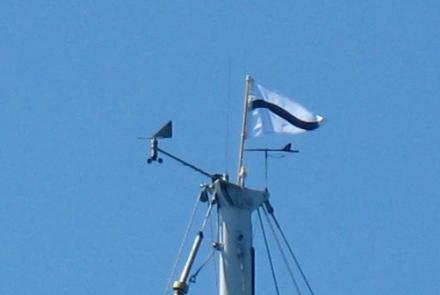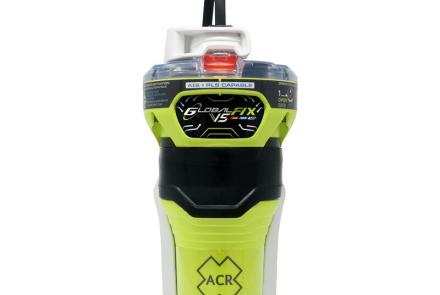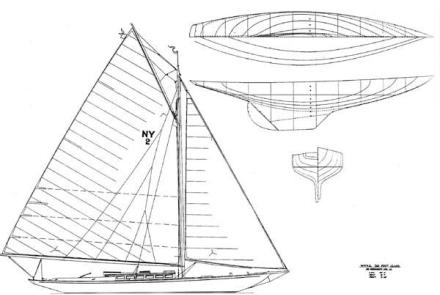Safe Dinghy Checklist
Dinghy Safety Checklist
It only takes a few minutes to verify that your dinghy is "good to go."
USCG Federal Requirements - IMPORTANT NOTE: States may have additional requirements for registration of all types of boats and young passengers, including young operators of propelled dinghies
- USCG Approved lifejacket for each person on board. Required to be worn by children under 13.
- FLASHLIGHT in boat under oars – exhibited in time to prevent collision
- STATE NUMBERS on hull if propelled by machinery
- STATE REGISTRATION CERTIFICATE must be on board when dinghy is in use
- WHITE, ALL AROUND LIGHT if propelled by machinery at night or in restricted visibility (fog, rain, haze)
- SIDE LIGHTS if underway at night or in restricted visibility and max speed is over 7 knots
- EFFICIENT SOUND SIGNAL - e.g. LOUD WHISTLE - for use in restricted visibility (fog, rain, haze, etc,)
- VISUAL DISTRESS SIGNALS (if propelled by machinery) – Distress light or 3 day/night red flares, only if operating at night. Daytime signals are not required in protected bays & rivers.
Optional, Recommended Safety Items that vary according to the situation and planned use of the dinghy.
(What do you need for this trip, in this place, at this time?)
- INFLATABLE PFDs with light and whistle - Mom & Pop to don prior to boarding and take off after debarking
- TWO OARS with working oarlocks – backup for engine problems
- OBEY MAX WEIGHT/NUMBER OF PERSONS - see ‘Capacity Plate’, dinghy manual or USCG matrix
- USCG Type IV THROWABLE DEVICE – Throw cushion
- BOW LINE (Painter) & FLOATING STERN LINE and fenders, as necessary
- BAILER/BILGE PUMP and sponge
- ENGINE (Be sure there is sufficient fuel plus some for your planned trip)
- Spares: Spark Plugs, Oil, Cotter Pins, Shear Pins, Tools
- Reflective Tape on Engine
- Safety line to dinghy
- Engine kill switch (Dead man’s key) and line
- ANCHOR & RODE – 75-100 ft (pack rode in bag like a throw rope/heaving line)
- FLASHLIGHT (does not meet ‘all around’ light requirement)
- HANDHELD VHF RADIO, (with DSC, if possible) – especially in remote waters
- COMPASS or PORTABLE GPS - for use in restricted visibility (fog, rain, haze, etc.)
- AIS MOB locating device – if in area where other boats will have AIS operating
- PLB- desirable in remote areas (satellite gives location only to Rescue Forces)
- SPARE FUEL – with stabilizer, stowed only in approved containers in areas where any leaks go over the side
- CHART of local area – small boat chart of any unfamiliar area in a zip loc bag
- FOUL WEATHER GEAR for passing rain showers – (large trash bags with head hole work well)
- BOTTLED WATER & SPACE BLANKETS – just in case
- MOB MACHO STRAP – a 3 ft loop made from 2 inch webbing will act as a sling to help recover MOB
- TENT PEG – holds painter when beaching a dinghy
Security Considerations
-
STRONG CABLE or CHAIN & LOCK(s) to lock dinghy to a dock and to the yacht at night
-
REMOVE ENGINE KILL SWITCH/DEADMAN’S KEY from engine when leaving dinghy unattended
- NO YACHT NAME ON DINGHY so thieves don’t know which boat is vacant
- CELL PHONE NUMBER ON SEAT, FLOOR BOARDS OR TRANSOM to facilitate return if/when found
- ENGINE LOCKED TO DINGHY
- REMOVE ENGINE MARKINGS
- CABLE & LOCK to lock valuables and spares left in the dinghy
CCA Contact: Ron Trossbach, email rontrossbach@msn.com






